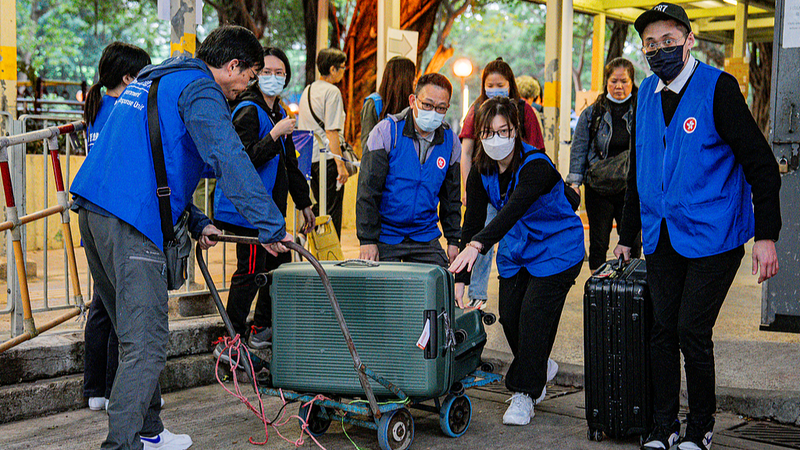When a child is diagnosed with microtia—a congenital deformity of the external ear—parents often face a whirlwind of emotions and questions. Beyond medical concerns like hearing loss, the real challenge is nurturing self-esteem and helping their child navigate social situations with confidence.
Dr. Guo Shuzhong, a leading expert featured in a recent video, underscores that "every child has the right to live a life with dignity." Here’s what families need to know:
1. Early Steps and Diagnosis
- Medical Evaluation: Schedule a detailed assessment with a pediatric ENT specialist. This usually includes hearing tests and imaging to map the ear structures.
- Support Network: Connect with support groups and online communities. Parents who've walked this path can offer practical advice and emotional solidarity.
2. Reconstruction Options and Costs
- Autologous Rib Cartilage: Often recommended for its natural look, this technique uses the child’s own cartilage. Costs vary by region but typically range from $10,000 to $25,000.
- Medpor Implants: A synthetic framework covered by tissue, usually less invasive and with lower upfront costs (around $8,000 to $15,000).
- Hearing Restoration: Bone conduction hearing aids can be fitted as early as age five, improving sound perception and speech development.
3. Championing Social Inclusion
Rebuilding the ear is only half the battle. Research shows that children supported in social settings—through school programs, therapy, and peer mentoring—display higher self-confidence and resilience.
Here’s how communities can help:
- School Workshops: Educate classmates to foster empathy and dispel myths about physical differences.
- Anti-Bullying Policies: Enforce clear guidelines that protect children with visible differences.
- Role Models: Share stories of public figures who’ve embraced diversity and become advocates for inclusion.
Science and society must collaborate to erase the stigma of microtia and ensure every child thrives. With the right medical care and a community committed to dignity, families can transform a challenging diagnosis into a journey of empowerment.
Reference(s):
cgtn.com




